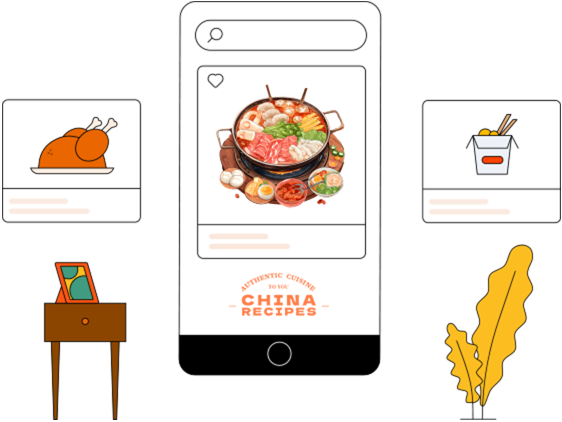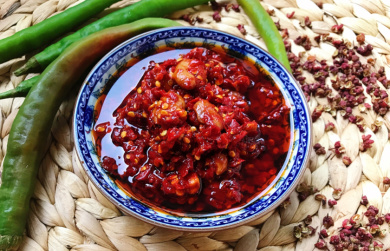How to Cook Pork Riblets Oven: The Secret to Tender and Flavorful Ribs
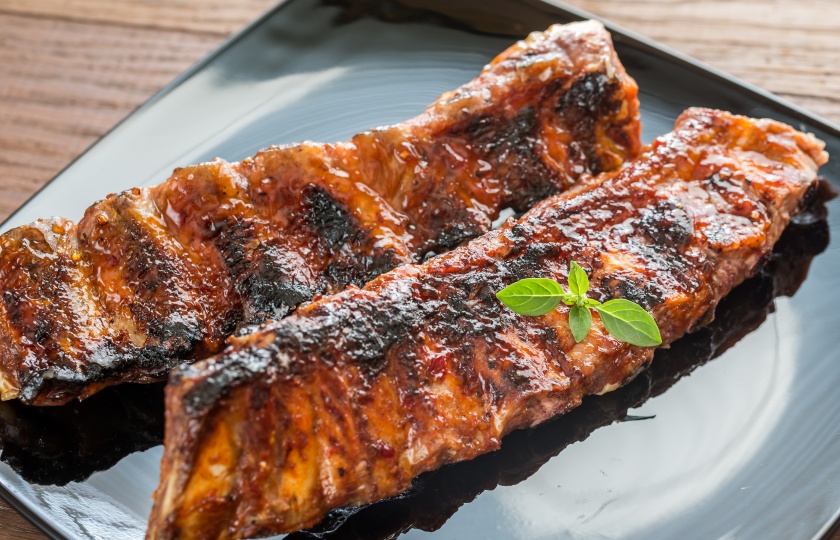
I recommend a perfect way to cook pork ribs in the oven! Crispy on the outside, tender on the inside, and not dry at all— even picky kids can eat three big pieces! Especially, controlling the marinating time is crucial! Learn this trick and you’ll instantly become a pro chef!
Step 1: Choose the right pork riblets
When selecting pork riblets, it’s best to choose those with firm meat and a moderate amount of fat. Riblets with too much fat may have a strong flavor but can be greasy when baked, making them uncomfortable to eat.
Riblets with firm meat will stay tender and release enough aroma during baking. If the rib bones are long, you can cut them into sections to make it easier for the flavor to penetrate and for even cooking.
Step 2: Marinate in advance to enhance flavor
Marinating is key to making the riblets more flavorful. You can use common ingredients like garlic, onion, honey, soy sauce, and black pepper to prepare the marinade.
To help the marinade soak into every inch of meat, you can lightly score the surface of the meat with a knife.
Place the riblets in a sealed bag or container during marinating, making sure the marinade evenly coats each piece. Marinate for at least 2 hours, but it’s best to leave them overnight. A longer marinating time not only deepens the flavor but also makes the meat more tender.
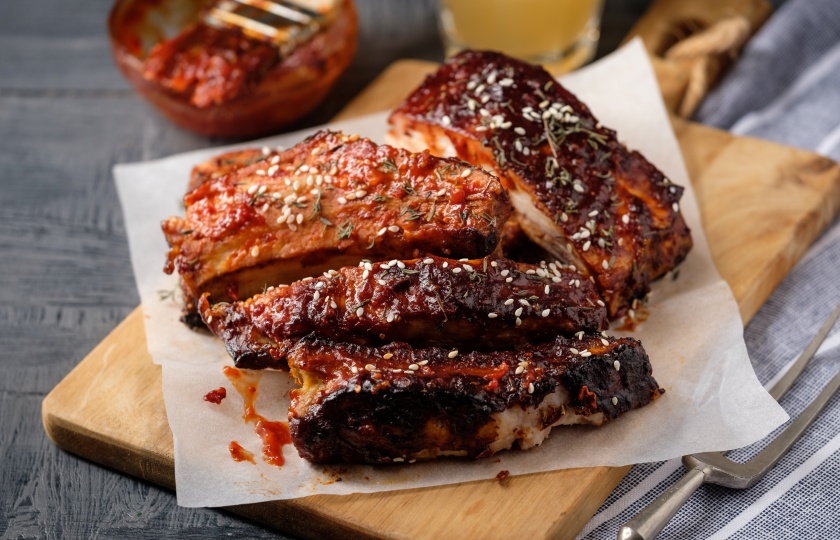
Step 3: Preheat the oven to the right temperature
Preheating the oven is important to ensure even cooking of the riblets, so the meat cooks through without drying out. Set the oven to 180°C (350°F) and preheat for about 10 minutes.
If your oven has a fan function, turn on the fan. This will circulate the hot air more evenly, helping the riblets become crispy on the outside and tender on the inside.
Step 4: Use a baking tray and parchment paper
To prevent the riblets from sticking to the baking tray, it's best to line the tray with parchment paper or aluminum foil. This not only avoids cleanup hassles but also helps trap the heat and moisture around the riblets, keeping the meat juicier.
If you're worried about the surface not being crispy enough, you can remove the foil in the last few minutes to allow the riblets to get a crispy, caramelized surface.
Step 5: Control the baking time, flipping is key
Generally, the baking time for riblets is around 25-30 minutes. To ensure the riblets cook evenly on both sides, it’s recommended to flip them every 15 minutes to make sure both sides get a nice color and heat evenly.
If you prefer more flavorful riblets, you can brush some marinade or barbecue sauce on them when flipping to add aroma and color.
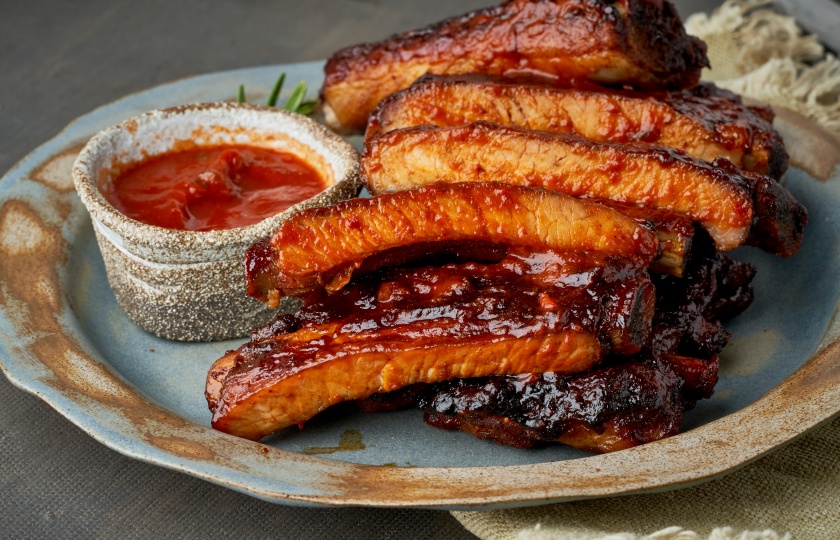
Step 6: Increase temperature for coloring
In the last 5-10 minutes of baking, you can raise the oven temperature to 200°C (400°F). This will help the surface of the riblets color faster, becoming more crispy and appetizing.
To avoid burning the surface, keep an eye on the riblets, especially the edges. Once the color darkens, you can take them out.
Step 7: Let them rest before cutting to keep them juicy
After taking the riblets out of the oven, it’s best to let them rest for 5 minutes before cutting. This allows the juices to evenly distribute inside the riblets, so when you cut them, the meat won’t lose too much juice, making it more tender and juicy. Don’t let them rest for too long, to avoid the meat cooling down.
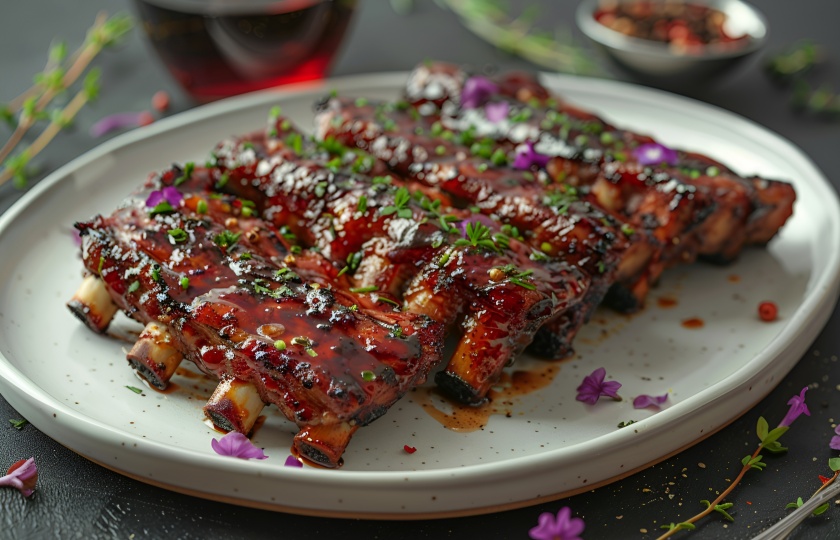
How do I get the sauce to stick to pork riblets in the oven?
To make the sauce stick better to the riblets in the oven, here are a few tips that can help:
Add honey or sugar: Adding some honey or sugar during marination helps the sauce stick better and gives a nice glossy finish when baked.
Brush the sauce regularly: During baking, brush the sauce on the riblets at intervals. This will help the sauce thicken and stick more firmly.
Remove the foil at the end: In the last 5-10 minutes of baking, remove the foil so the sauce can caramelize and become more flavorful and visually appealing.
Make the sauce a bit thicker: Cook the sauce a little longer to make it thicker. This way, it won’t evaporate as easily during baking and will stick better to the riblets.
Should I flip pork riblets while cooking them in the oven?
Yes, flipping the riblets is important, especially to ensure they heat evenly and brown properly. It’s recommended to flip them every 15 minutes so both sides cook evenly and avoid one side becoming too crispy while the other is still raw.
If you like the sauce to be richer, you can brush another layer of sauce when flipping to allow the riblets to absorb more flavor. By flipping, you can also ensure that every side of the riblets becomes crispy on the outside and tender on the inside, improving the texture!
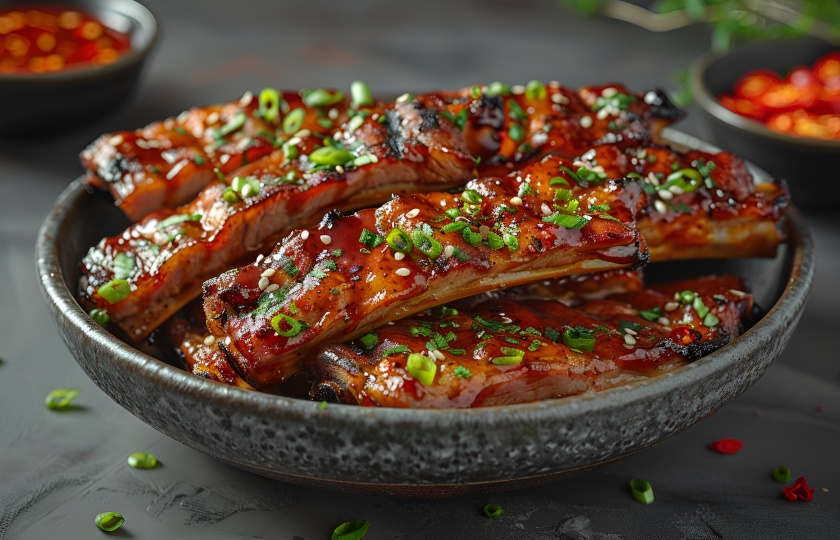
Can you cook frozen pork chops in the oven?
Yes, you can cook frozen pork chops in the oven, but there are a few key details to ensure they come out tender and delicious:
Preheat the oven: Before starting, make sure to preheat the oven to 180°C-200°C (350°F-400°F) to ensure the pork chops cook evenly from the beginning.
Cooking time: Frozen pork chops require more time than fresh ones. Typically, frozen pork chops need about 45-55 minutes, but the exact time depends on the thickness of the chops and the performance of your oven.
Cover with foil: To prevent the pork chops from drying out, it’s best to cover them with foil during the first half of the cooking time. This helps retain moisture. In the last 5-10 minutes, remove the foil to allow the surface to become crispy.
Flip the pork chops: Flip the pork chops every 15-20 minutes to ensure both sides cook evenly. This is especially important for frozen pork chops as flipping helps distribute the heat more evenly.
Make sure they are fully cooked: Since these are frozen pork chops, it’s crucial to ensure they are fully cooked. You can use a meat thermometer to check the internal temperature, making sure it reaches 70°C-75°C (160°F-165°F) to ensure they are safe to eat.





